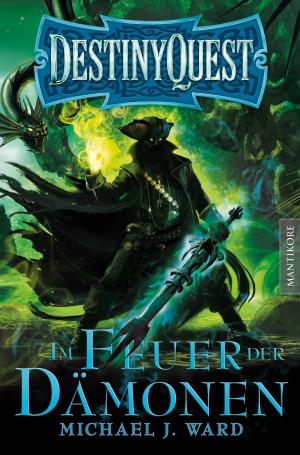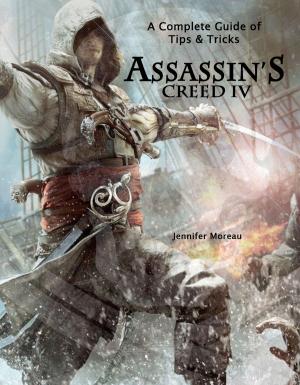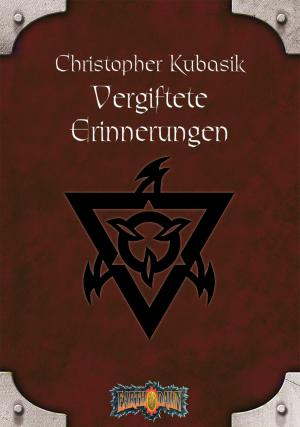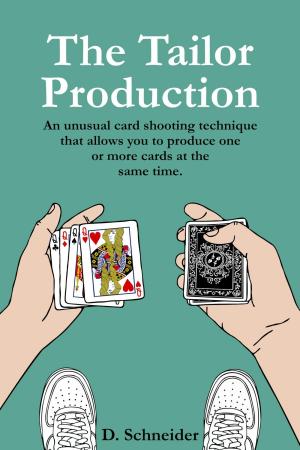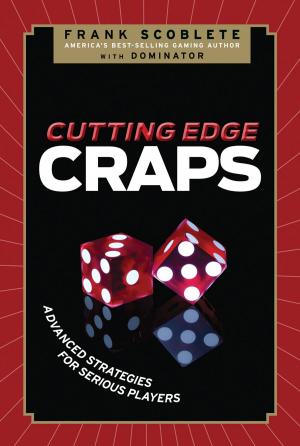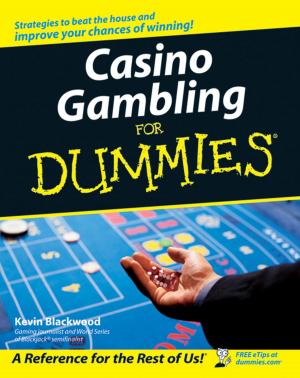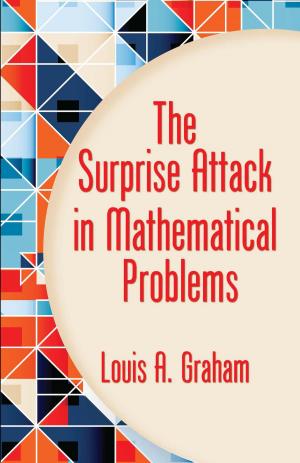| Author: | Giulio Zambon | ISBN: | 9781301497317 |
| Publisher: | Giulio Zambon | Publication: | November 14, 2012 |
| Imprint: | Smashwords Edition | Language: | English |
| Author: | Giulio Zambon |
| ISBN: | 9781301497317 |
| Publisher: | Giulio Zambon |
| Publication: | November 14, 2012 |
| Imprint: | Smashwords Edition |
| Language: | English |
You are probably familiar with Sudoku puzzles. CalcuDoku puzzles (which are also known under the names KenKen®, KenDoku®, both registered trademarks of Nextoy LLC, MathDoku, and several others) are, like Sudokus, squares that you have to fill with digits between 1 and 9. Like in Sudokus, the digits must be unique within each row and each column.
Unlike with Sudokus though, CalcuDokus have no 3x3 boxes. Instead, they have “cages” of different shapes and sizes.
Each cage contains a target number and a code to indicate one of the four basic operations: “x”, “+”, “-”, and “:”. To solve a CalcuDoku puzzle, you have to solve all its cages; and to solve each cage you must write in its cells the digits that give you the cage target when you apply to them the cage operation.
Unless a cage consists of a single cell (in which case there is no operation and its solution coincides with its target), you can solve it in several ways. For example, a 2-cell cage marked “7+” admits six solutions: 61, 16, 52, 25, 43, and 34. But only one of those solutions is correct and will let you solve the whole puzzle.
The first sixty puzzles of this book consist of randomly generated cages. They are difficult, but I limited their difficulty by setting to 2 the maximum number of cages admitting more than 200 combinations. Therefore, although I haven’t tried them all, I’m pretty confident that they can be solved analytically. That is, without having to guess.
To create the other forty puzzles, I used a different strategy: instead of generating random cages, I arranged them in fixed patterns and only generated random digits, targets, and op-codes. These puzzles are in most (but not all) cases more difficult than the random ones. In fact, some of them are quite diabolical. The first couple of patterned puzzles are easier than those that follow. Otherwise, the difficulty of the puzzles varies in no particular order.
You are probably familiar with Sudoku puzzles. CalcuDoku puzzles (which are also known under the names KenKen®, KenDoku®, both registered trademarks of Nextoy LLC, MathDoku, and several others) are, like Sudokus, squares that you have to fill with digits between 1 and 9. Like in Sudokus, the digits must be unique within each row and each column.
Unlike with Sudokus though, CalcuDokus have no 3x3 boxes. Instead, they have “cages” of different shapes and sizes.
Each cage contains a target number and a code to indicate one of the four basic operations: “x”, “+”, “-”, and “:”. To solve a CalcuDoku puzzle, you have to solve all its cages; and to solve each cage you must write in its cells the digits that give you the cage target when you apply to them the cage operation.
Unless a cage consists of a single cell (in which case there is no operation and its solution coincides with its target), you can solve it in several ways. For example, a 2-cell cage marked “7+” admits six solutions: 61, 16, 52, 25, 43, and 34. But only one of those solutions is correct and will let you solve the whole puzzle.
The first sixty puzzles of this book consist of randomly generated cages. They are difficult, but I limited their difficulty by setting to 2 the maximum number of cages admitting more than 200 combinations. Therefore, although I haven’t tried them all, I’m pretty confident that they can be solved analytically. That is, without having to guess.
To create the other forty puzzles, I used a different strategy: instead of generating random cages, I arranged them in fixed patterns and only generated random digits, targets, and op-codes. These puzzles are in most (but not all) cases more difficult than the random ones. In fact, some of them are quite diabolical. The first couple of patterned puzzles are easier than those that follow. Otherwise, the difficulty of the puzzles varies in no particular order.

